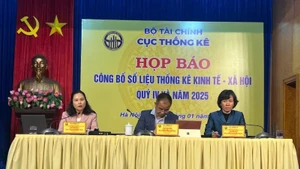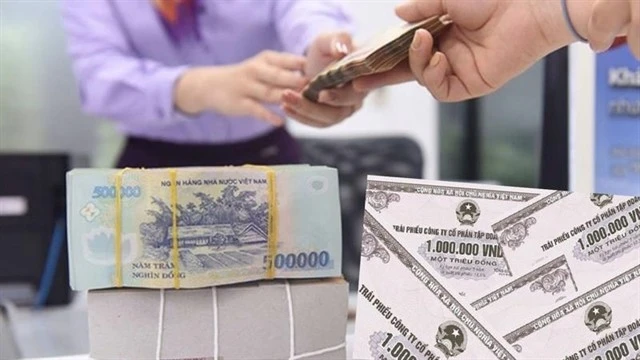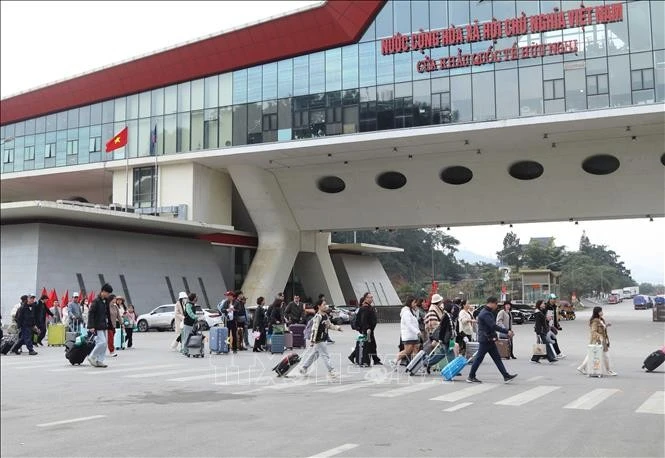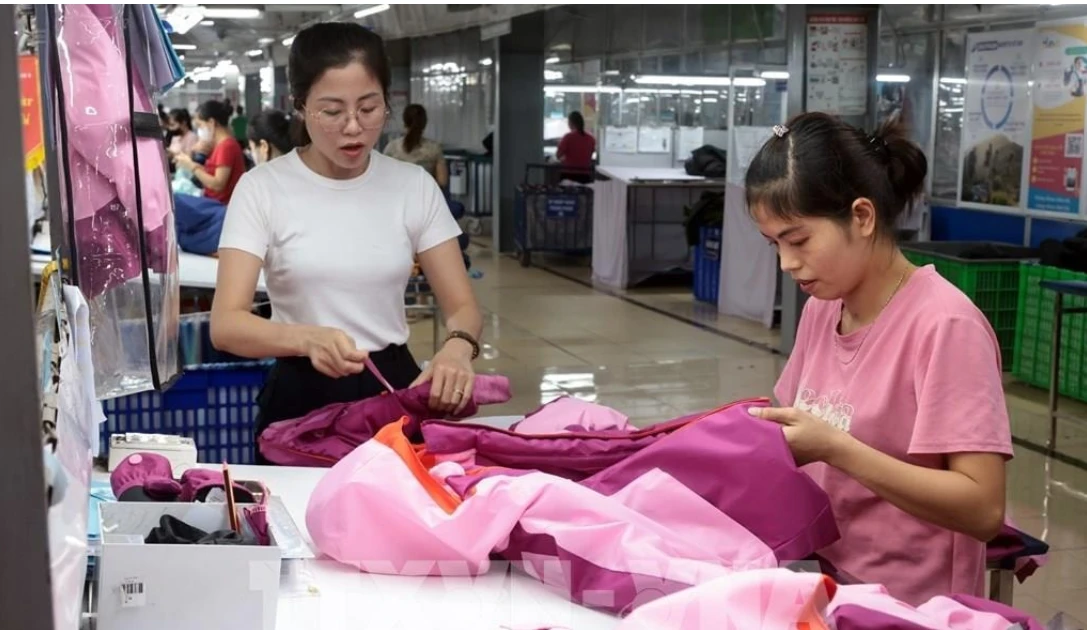Accordingly, the rice products that the Philippines has suspended the import of include regular milled rice and well-milled rice (excluding special rice varieties are not widely produced by local farmers). The Philippine Department of Agriculture stated that the measure aims to protect domestic farmers, who are facing low paddy prices during the peak harvest season, especially as the country’s rice reserves remain sufficient at 2.815 million tonnes. This supply is supported by the rice quantity imported in August and a record rice output of 9.077 million tonnes harvested in the first half of 2025.
Since 2022, Viet Nam’s annual rice exports to the Philippines have consistently reached more than 3 to 4 million tonnes. The Philippines’ rice import suspension could affect global rice prices and major rice-exporting countries, including Viet Nam.
In the first eight months of 2025, Viet Nam exported 6.3 million tonnes of rice with a turnover of 3.17 billion USD, up 2.2% in volume but down 17.5% in value compared to the same period in 2024. The Philippines is Viet Nam’s largest rice consumer market, accounting for 42.4% of total exports. The average export price for rice in the first eight months of 2025 was estimated at 504.9 USD per tonne, a decrease of 19.3% compared to the same period in 2024. To achieve the target of exporting about 8 million tonnes of rice with turnover of around 5.7 billion USD in 2025, Viet Nam’s rice industry faces many challenges.
In this context, the Ministry of Industry and Trade recommends that rice import-export traders should be calm and prudent in all situations, strictly avoiding both haste and complacency in response to policy changes in the global rice export market. In addition to maintaining traditional markets, enterprises should take initiative in seeking and exploring new potential markets to mitigate risks and enhance adaptability.
At the same time, enterprises should continue purchasing rice from farmers for temporary reserves to stabilise the domestic rice market. Moreover, the Viet Nam Food Association is to coordinate closely with the Philippine Rice Importers’ Association to follow and collect information about policy changes of the country in order to respond flexibly. In the longer term, Viet Nam’s rice industry needs a comprehensive market strategy, with a particular focus on producing high-quality rice, organic rice, and low-emission green rice, while also promoting deep processing of rice-based products to approach new high-value markets such as the European Union, the US, Japan, and the Middle East.
















